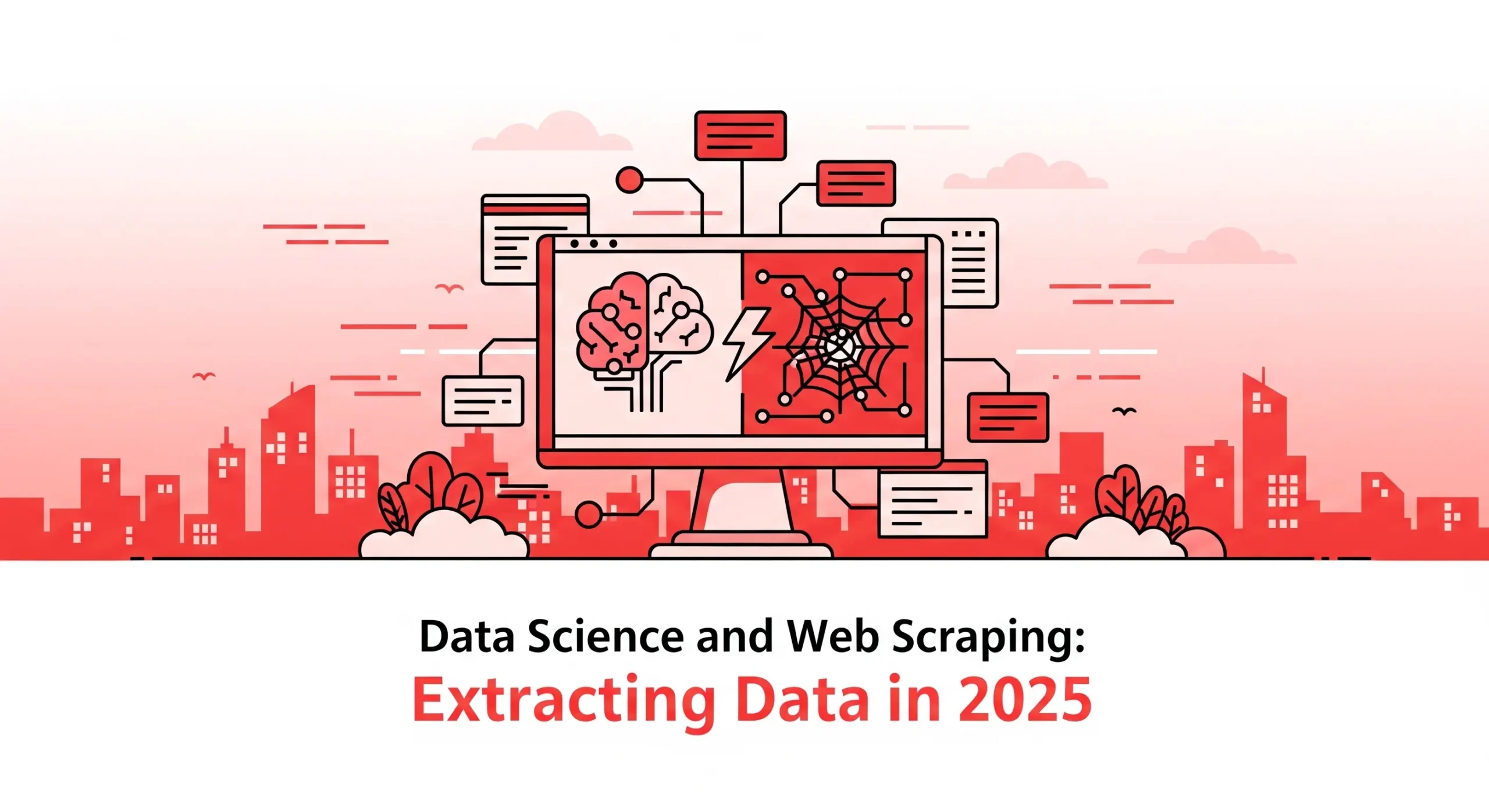In data science, one truth remains constant: you’re only as good as your data. But what happens when the data you need isn’t available in a clean file or public database? In 2025, web scraping continues to be a vital technique for extracting real-world information from the web—especially when no ready-made dataset exists.
Whether you’re building machine learning models, analyzing market trends, or powering dashboards, web scraping provides data scientists with the flexibility to work with live, dynamic, and unstructured data sources.
Why Web Scraping Matters in Data Science
Not all valuable data comes through APIs or spreadsheets. Many data science projects rely on external, real-time information that can only be accessed through websites. Examples include:
- Product reviews from e-commerce platforms
- Real estate listings and pricing history
- Job postings with skill and salary data
- News headlines or social sentiment
- Sports scores or stock market snapshots
For data scientists, web scraping is more than just a coding task—it’s a critical step in the data collection phase of the workflow.
Tools Used for Web Scraping in 2025
Python remains the most widely used language for web scraping, and its ecosystem continues to evolve. Some of the key tools used in 2025 include:
- BeautifulSoup: For parsing HTML and extracting structured data
- Requests or HTTPX: To send HTTP requests to websites
- Selenium or Playwright: For interacting with dynamic, JavaScript-heavy sites
- Scrapy: A framework ideal for large-scale, robust scraping pipelines
- Headless browsers and AI-assisted agents: Used for scraping websites that frequently change structure or require human-like interaction
With advancements in automation and AI, scraping today is more adaptive and efficient than ever before.
Real-World Use Cases in Data Science
Here’s how web scraping is used in data science projects:
Sentiment Analysis
Scrape customer reviews or social media content and apply natural language processing to analyze public opinion about products, services, or brands.
Price Monitoring
Collect data from multiple e-commerce platforms to monitor pricing trends, analyze competitors, and optimize pricing strategies.
Job Market Analysis
Extract job listings to understand which skills are in demand, estimate salary trends, or identify hiring patterns in specific industries.
Lead Generation
Gather structured data from online directories or business listings for sales, marketing, or recruitment purposes.
Custom Dataset Creation
When no public dataset is available, data scientists use web scraping to create their own tailored datasets for experimentation or model development.
Legal and Ethical Considerations
While web scraping is powerful, it’s crucial to use it responsibly. Always:
- Check and respect a website’s
robots.txtfile - Avoid scraping personal or sensitive information
- Read and follow the site’s terms of use
- Use throttling and delay techniques to avoid server overload
We emphasize these principles in our training to ensure our students develop both the technical and ethical mindset required for professional work.
What’s Next for Web Scraping in Data Science?
Looking ahead, web scraping will become more integrated with AI, automation, and real-time data pipelines. Some trends shaping its future include:
- Increased use of LLMs for smart data extraction
- Enhanced browser automation tools
- Blending APIs and scraping for hybrid data collection
- Heightened focus on compliance and responsible data usage
As the web becomes more complex, the demand for professionals who can navigate and extract value from it will continue to grow.

